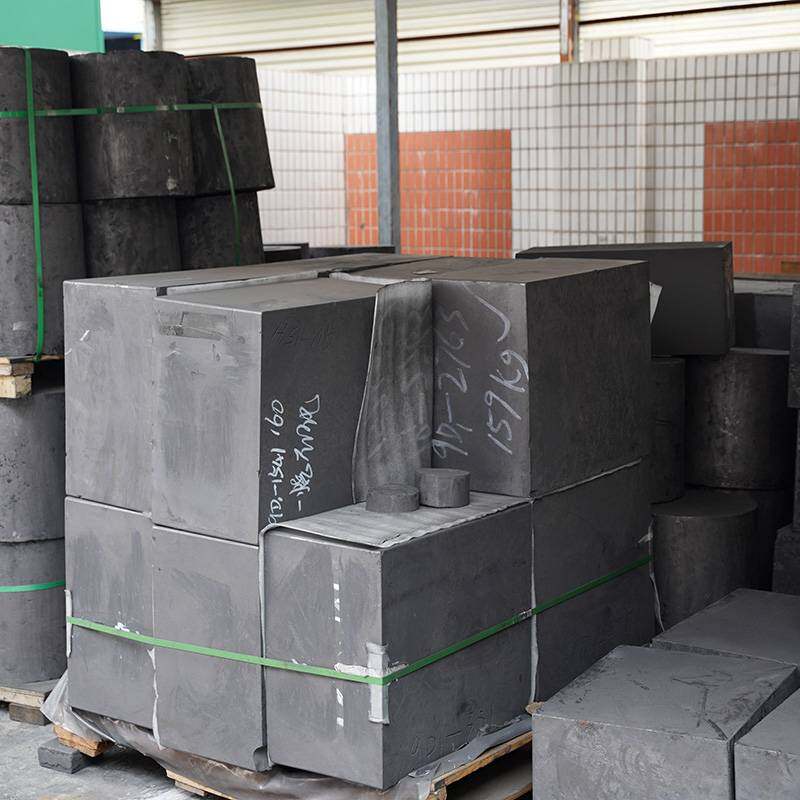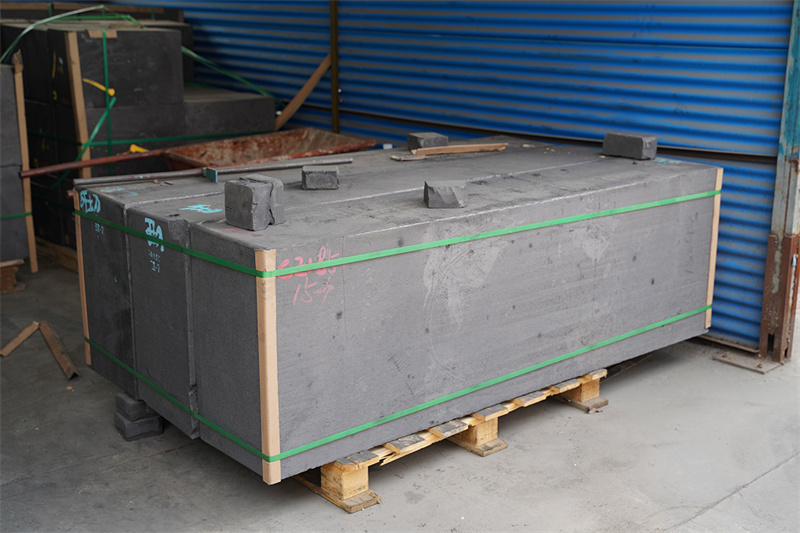In the realm of advanced materials, graphite and carbon products have carved a niche for themselves, offering a remarkable combination of properties that make them indispensable across various industries. From their exceptional thermal and electrical conductivity to their resistance to corrosion and high temperatures, these materials have become integral components in sectors ranging from metallurgy and electronics to aerospace and renewable energy.
This comprehensive guide delves into the world of graphite and carbon products, shedding light on their applications, manufacturing processes, and the innovative trends shaping their future. Whether you're an engineer, a researcher, or simply curious about these versatile materials, this article aims to provide a comprehensive understanding of their significance and potential.
Graphite: The Multifaceted Wonder Material
Graphite, a naturally occurring form of carbon, is renowned for its unique properties that stem from its layered structure. Each layer consists of hexagonally arranged carbon atoms, held together by strong covalent bonds, while the layers themselves are weakly bonded, allowing them to slide over one another. This structural arrangement gives rise to graphite's distinctive characteristics, including:
- Excellent thermal and electrical conductivity: Graphite's ability to conduct heat and electricity efficiently makes it an ideal material for applications such as electrodes, heat sinks, and electrical components.
- Self-lubricating properties: The weak bonds between graphite layers facilitate easy sliding, resulting in excellent lubrication properties without the need for external lubricants.
- Chemical inertness: Graphite is highly resistant to most chemicals, making it suitable for use in corrosive environments and in the chemical industry.
- High-temperature resistance: Graphite can withstand extremely high temperatures, making it a valuable material for applications in metallurgy, glass manufacturing, and aerospace.
Natural vs. Synthetic Graphite
While natural graphite is mined from the earth's crust, synthetic graphite is produced through various manufacturing processes. Synthetic graphite offers higher purity and consistency compared to its natural counterpart, making it preferable for many industrial applications.
One of the most common methods for producing synthetic graphite is the Acheson process, which involves heating a mixture of petroleum coke and coal-tar pitch to temperatures exceeding 2,500°C (4,532°F) in an oxygen-free environment. This process results in the formation of highly crystalline graphite with exceptional purity and performance characteristics.
Carbon Products: Strength, Durability, and Versatility
Carbon products, encompassing a wide range of materials derived from carbon, have gained significant traction in various industries due to their unique combination of properties. These materials include:
- Carbon-graphite composites: By combining amorphous carbon and graphite, carbon-graphite composites offer exceptional strength, hardness, and wear resistance, while retaining the self-lubricating properties of graphite.
- Carbon fibers: Renowned for their high strength-to-weight ratio, carbon fibers are widely used in aerospace, automotive, and sporting goods industries for lightweight yet durable components.
- Carbon-carbon composites: These advanced materials, consisting of carbon fibers embedded in a carbon matrix, exhibit outstanding thermal and chemical resistance, making them ideal for applications in high-temperature environments, such as rocket nozzles and aircraft brakes.
Manufacturing Processes
The production of carbon products involves various manufacturing techniques, each tailored to the specific requirements of the desired application. Some of the most common processes include:
- Molding: Carbon-graphite composites and other carbon products can be molded into intricate shapes using compression, isostatic, or extrusion molding techniques.
- Carbonization and graphitization: These thermal processes involve heating carbon precursors, such as petroleum coke or polymers, to high temperatures in an oxygen-free environment, resulting in the formation of carbon or graphite structures.
- Chemical vapor deposition (CVD): This process is used to produce high-quality carbon fibers and coatings by decomposing gaseous carbon precursors onto a substrate.
Applications Across Industries
The unique properties of graphite and carbon products have made them invaluable in a wide range of industries, including:
- Metallurgy: Graphite electrodes, crucibles, and refractory materials are essential components in electric arc furnaces and other metallurgical processes.
- Electronics: Carbon-based materials are used in various electronic components, such as electrodes, heat sinks, and conductive coatings, due to their excellent electrical and thermal conductivity.
- Aerospace: Carbon-carbon composites and carbon fibers are extensively used in aircraft and spacecraft components, providing lightweight yet durable structures that can withstand extreme temperatures and harsh environments.
- Renewable energy: Graphite is a crucial component in lithium-ion batteries, playing a vital role in the development of electric vehicles and energy storage systems.
- Mechanical applications: Carbon-graphite composites are widely used in mechanical seals, bearings, and other tribological applications, thanks to their self-lubricating properties and wear resistance.
Emerging Trends and Innovations
The field of graphite and carbon products is constantly evolving, driven by the need for more advanced materials and the pursuit of sustainable practices. Some of the notable trends and innovations shaping the future of this industry include:
- Nanotechnology: The development of graphene, a single-atom-thick layer of carbon, has opened up new possibilities for creating ultra-lightweight and highly conductive materials.
- Sustainable manufacturing: There is a growing emphasis on developing environmentally friendly production methods, such as using renewable precursors and minimizing waste generation.
- Advanced composites: Researchers are exploring the incorporation of graphite and carbon into composite materials, enhancing their properties and expanding their applications in fields like aerospace and automotive.
- Energy storage solutions: The demand for high-performance energy storage systems is driving innovations in graphite and carbon materials for lithium-ion batteries and supercapacitors.
- 3D printing and additive manufacturing: The ability to 3D print complex carbon and graphite structures is enabling the production of customized components for various applications.
Conclusion
The world of graphite and carbon products is a testament to the remarkable versatility and potential of these materials. From their unique properties to their diverse applications and the innovative trends shaping their future, these materials have become indispensable in modern industries.
As technology continues to evolve, the demand for advanced materials with exceptional performance characteristics will only increase. Graphite and carbon products, with their ability to meet these demands, will undoubtedly play a pivotal role in driving innovation across various sectors, paving the way for more efficient, sustainable, and cutting-edge solutions.
Whether you're an engineer, a researcher, or simply someone fascinated by the wonders of materials science, exploring the world of graphite and carbon products is a journey that promises to unveil the boundless potential of these remarkable materials.



_853.jpg)
_867.jpg)
